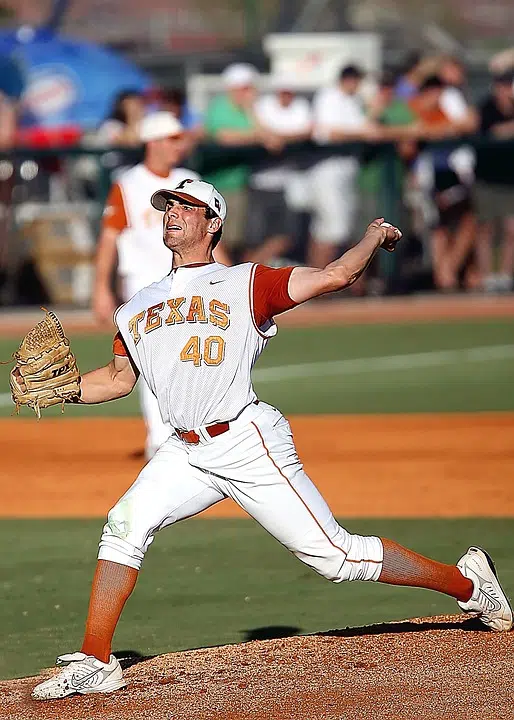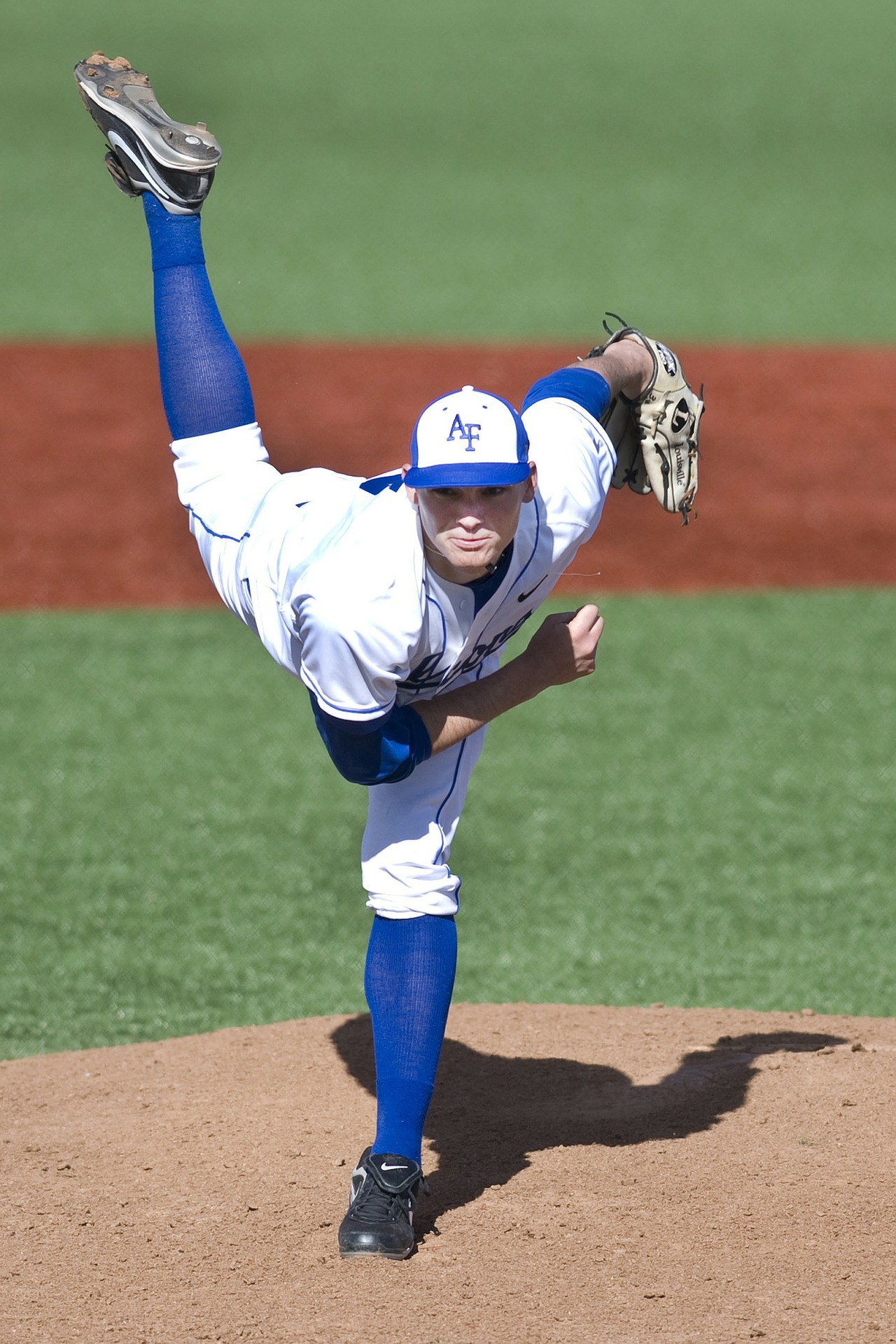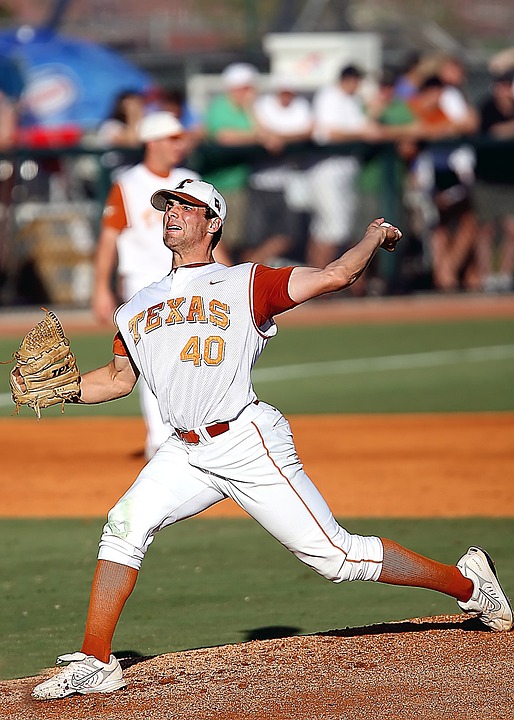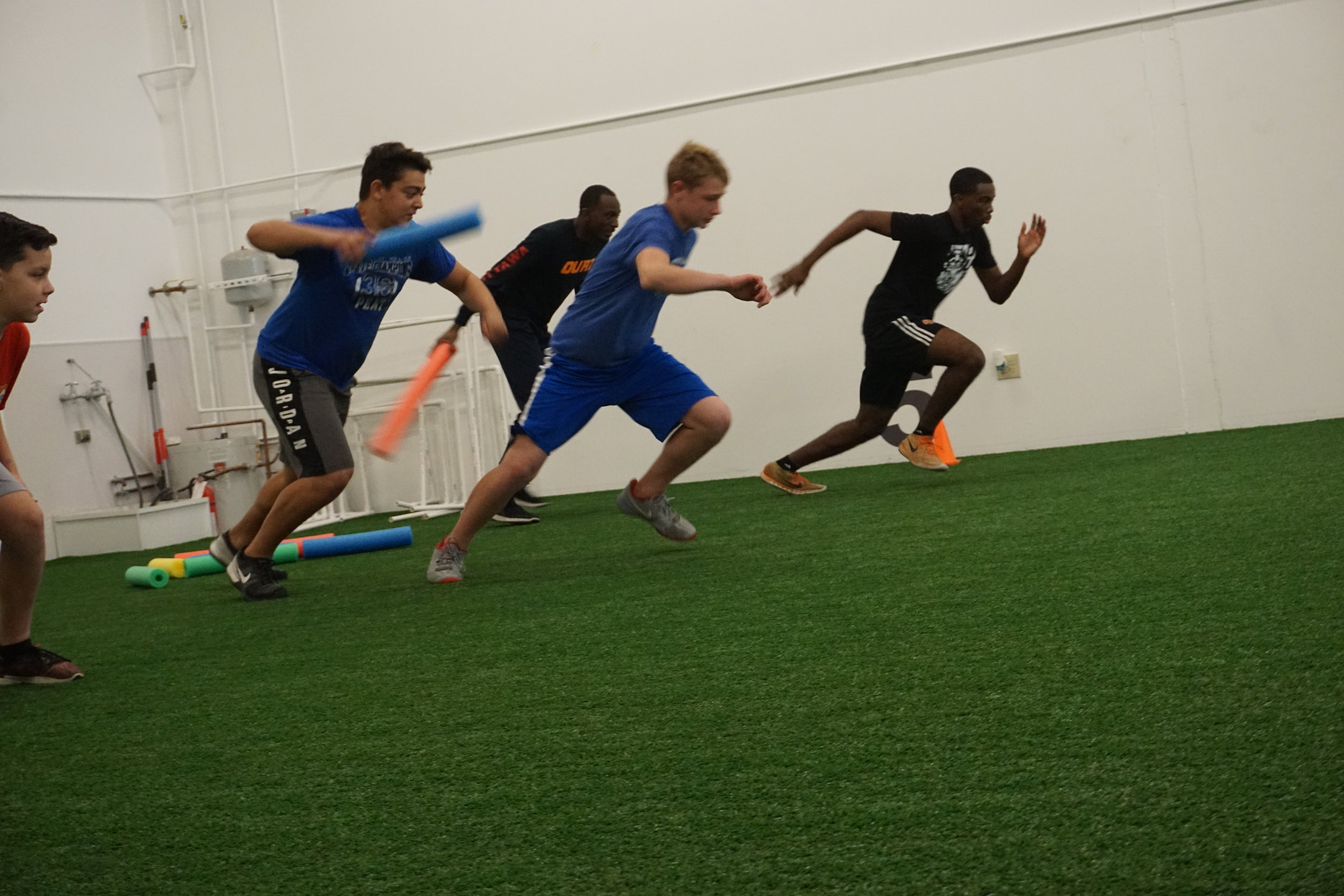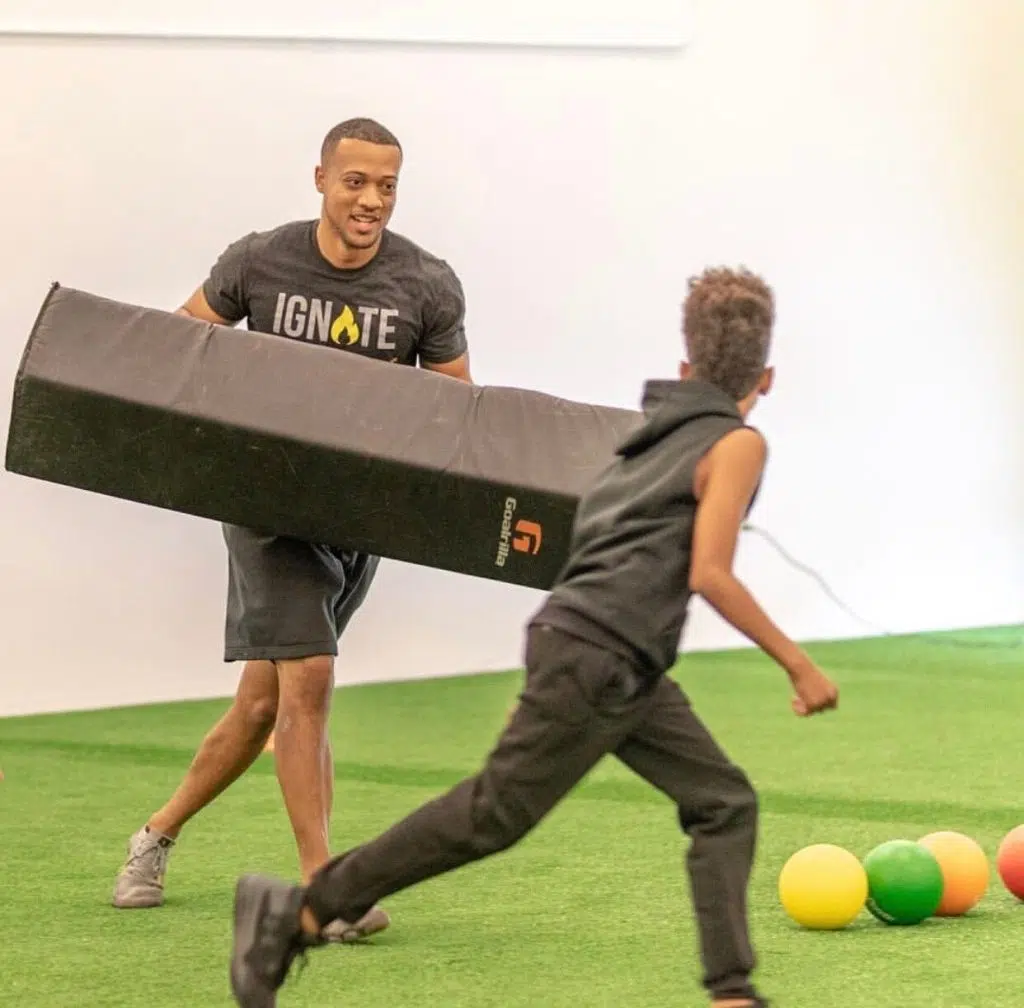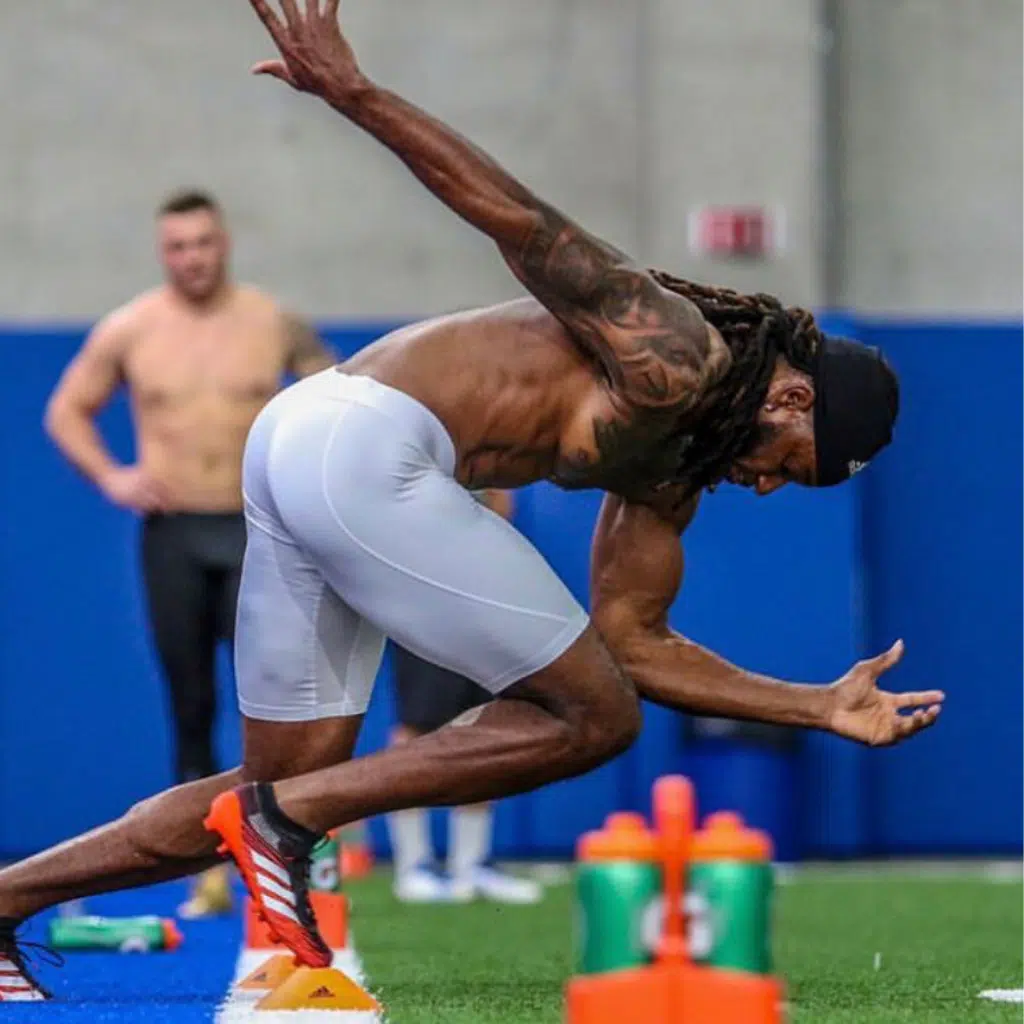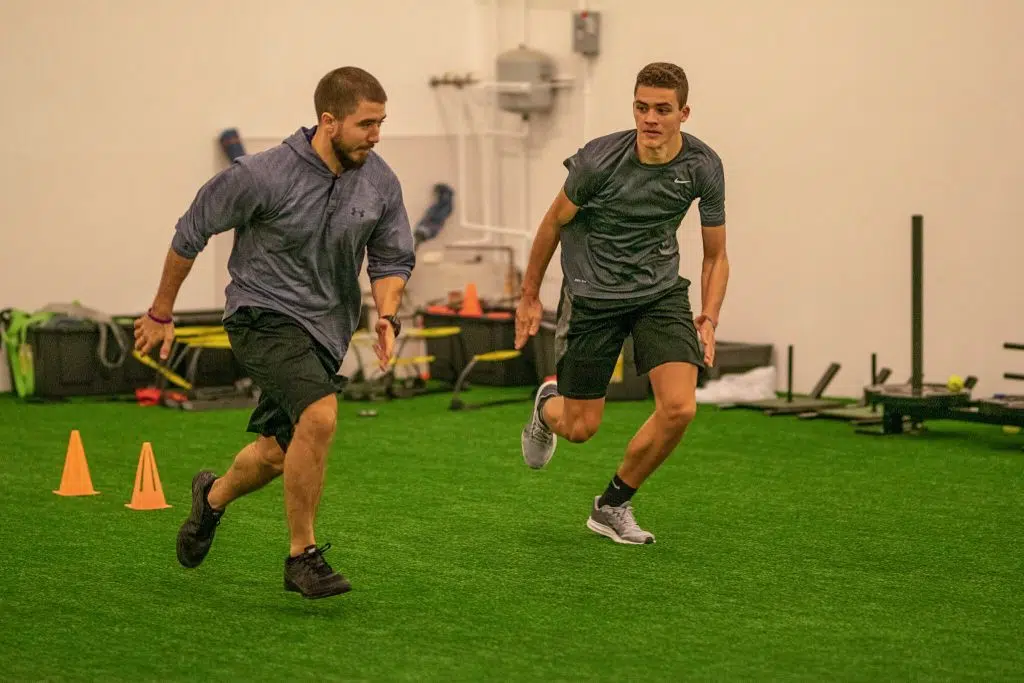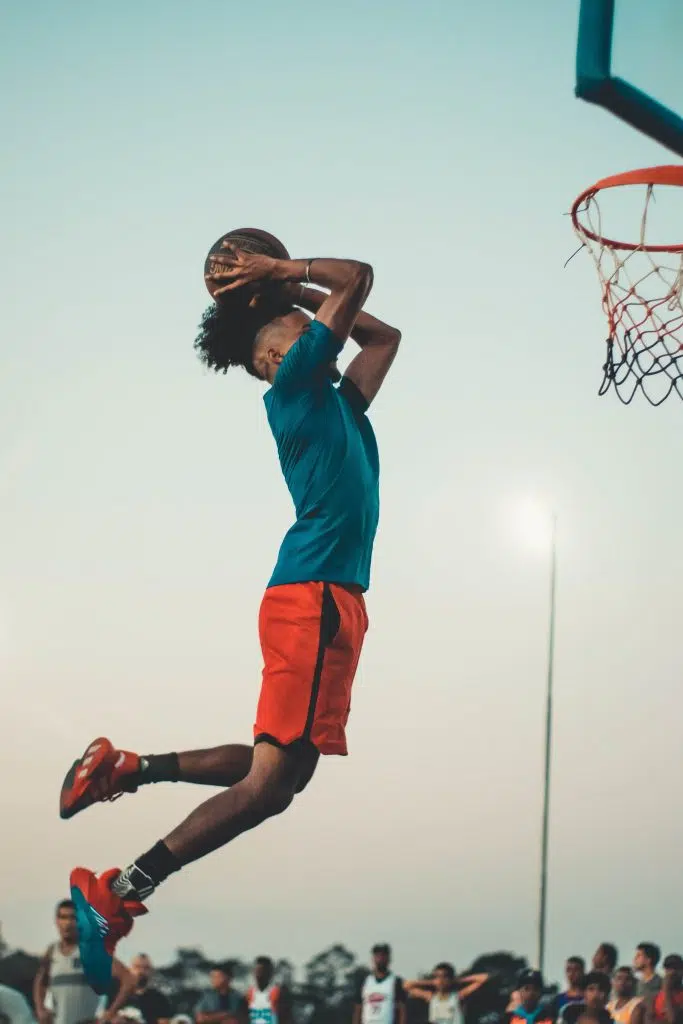Across all levels, baseball participation is on the rise. According to reports, detailed in The Wall Street Journal, nearly 15.9 million people participated in baseball from youth local leagues to the MLB in 2018. That same report documented a 21% increase in participation from 2014-2018.
As baseball is growing globally, manyy of the training and physical preparation methods are lagging behind. Improper training methods can lead to decreased performance, and even injury. Today, my goal is to go over the most common mistakes that we see baseball players make and how you can avoid them.
Put The Ball Down
Let’s start with the obvious and most mismanaged training issue…REST.
With club ball, showcases, and pitching coaches, baseball players aren’t getting the proper rest they need. This is especially true in warm weather starts like Arizona and California. Yes athletes are getting more reps and experiences, but the question must be asked…”At what cost?”.
The incidence of Tommy John surgeries has increased drastically over the past few years. Kids are throwing harder and playing more, which is a recipe for disaster. According to Dr. James Andrews, the country’s leading expert on Tommy John surgery, youth athletes should “have at least two months off, preferably 3-4 months of each year and to not be throwing a baseball or overhead sport so their body has time to recuperate”
Our advice: TAKE A BREAK!!.. Put the ball down and work on other aspects of your development. You can increase your game by working on strength, speed, and rotational power during your offseason
Notice the forward rotation of the throwing shoulder
Train Upper Body The Right Way
The act of throwing a baseball is what we call an anterior dominant activity. Meaning, when an athlete throws and as his arm is an and shoulder comes forward, and he experiences what we call a humeral glide. His head of his shoulder joint glides forward as he throws. Not to mention the fact that it is taking place on only one side of the body. This repeated motion can lead to shoulder issues and severe muscle imbalances.
This means we must train our baseball athletes (particularly with upper body) in a different way than we would train non overhead athletes (ie – basketball, lacrosse). The problem is many baseball strength training programs DO NOT make this distinction.
Our number one job as physical preparation coaches is to keep our athletes safe and healthy. We want to reduce the impact of an already anterior dominant sport. Exercises like barbell bench press place additional stress on the athlete’s shoulder, which is the last thing they need.
Our advice: To counteract this we emphasize a posterior dominant approach. We emphasize pulling movements like rows and incorporate a heavy dose of posterior shoulder strengthening as well.
Ignoring Mobility and End Range Strength
If you’ve ever managed to stumble over our Instagram page, then you know the emphasis we place on mobility in our programs. Mobility is often the most overlooked aspect of physical preparation, and this is especially true for baseball.
Notice the amount of external rotation in the pitchers throwing arm
If you look at the action of throwing a baseball, the amount of shoulder external rotation that is required is pretty remarkable. Throwing a baseball overhand is a movement that places incredible stress on the shoulder. There’s a reason why softball pitchers (and not baseball pitchers) are able to throw 100 pitches in a game, then turn around and pitch again in 48 hours. If the the shoulder does not have the required mobility to throw, then compensatory patterns will develop and possibly lead to injury.
End range strength is something we emphasize heavily with our athletes. The reason is, that most injuries occur at the end ranges of our range of motion, where the joint can no longer support the forces being exerted on it.
The issue is most shoulder strengthening program do resistance work in short ranges of motion. Think of it as only doing a squat in a 45 degree range of motion. It’s effective, but if you never squat low, you likely won’t have much strength in those deeper ranges of knee and hip flexion.
Our advice: Incorporate mobility into every workout you do. You can do it before your workout, or in between sets of exercises. Shoulder CARS are one of our go-to mobility exercises for our baseball athletes.
Not Conditioning For The Sport
Sprinting is the best way to condition for baseball players
It’s a long standing tradition for baseball athletes to condition themselves with long extended cardio sessions in preparation for the season. Every baseball player has ran their fair share of “poles” (running foul pole to foul pole for time) during their baseball career. Now that type of conditioning is great for building a strong aerobic base and for weight management, but it does not address the manner in which baseball is actually played.
Baseball is typically a game of short, explosive sprints with extended periods of rest. The distance between bases in baseball is only 90 feet, which usually takes the average runner in the MLB about 4.5 seconds to complete. A play that happens that quickly is a matter of power and speed, not of endurance and aerobic capacity. Even when you consider the longest play in baseball, the inside the park homerun, that usually takes around 16 seconds according to MLB statistics. At the end of the day, your conditioning needs to meet the demands of your sport, and it’s clear most baseball conditioning programs do not.
Our advice: A little long duration conditioning is fine for the offseason and good for weight management, but when the season gets close, all that needs to change. In order to get faster, you must sprint. Sprint 2x per week with higher intensity and lower volume.
For baseball, training is a crucial aspect of their development. It can help turn an average player to a good one, and a good player into a great one. But without the proper instruction or guidance, improper training can lead to many issues, including the ones we touched on above. Hopefully after today, you have a better idea of what mistakes to avoid, and how to train the right way, so you can take your game to the next level!

